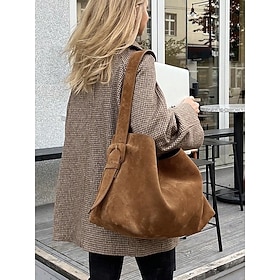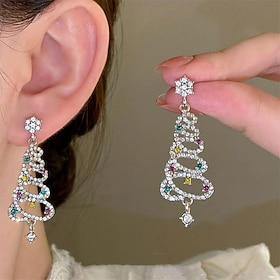A brief overview
A Brief History – Silk Revolution
Silk was first found in China about 5,000 years ago. Legend has it that Empress Xi Ling-shi discovered silk after a silkworm cocoon fell into her tea. When she fished it out, she discovered the delicate silk thread coming undone and decided to cultivate silkworms and develop silk cloth.
For centuries, techniques for producing silk, known as sericulture, were China’s best-kept secret. That was until the establishment of a vast trading network known as The Silk Road, connecting East with West, and permitting silk to be traded on a worldwide scale as one of the world’s most sought-after commodities.
Silk and Fashion – A Mark of Status
Silk in the form of fine clothing has been a symbol of wealth and power in royal courts and aristocratic wardrobes for centuries. Its soft texture, natural shine and dye-absorption rate, distinguished silk from all other fibers and made it a favorite of the dynasty and nobility.

Courtesy of Canva – Satin

Courtesy of Canva – Taffeta

Courtesy of Canva – Chiffon
Versatility and Revolution
Silk has been produced into many fabrics, including satin, taffeta, and chiffon. Its versatility as a weave brought on fashion innovations from gowns to corsets.
A Global Style
As silk cultivation spread to other, like India, Persia and Europe, cultures began producing their own bespoke cultural silk. Examples include the Indian sari, Japanese kimono, and European silk neck ties. Each became highly stylized to their culture while also revealing the universal appeal of silk.
Source of Inspiration
Silk has provided designers from Coco Chanel to Giorgio Armani with enduring styles, which is why it remains highly relevant today in haute couture and runway collections, and a symbol of elegance and refined luxury.
It’s Not Just About Clothing
Silk’s impact is not limited to clothing alone – it is reflected in art, global trade and diplomacy. From embroidered wall hangs and fine tapestries to murals symbolizing an entire culture, silk has proven to be a robust medium for artistic and cultural expression.
Silk’s Future
New silk production methods, driven by technological innovation, are beginning to take shape. With eco-friendly processes and inventive textile blends on the rise, these developments signal a new chapter in the ongoing Silk Revolution. Silk’s influence is far from fading, it’s simply evolving.
More than just a fabric, silk remains an unbroken thread that weaves together fashion, culture, and human creativity across generations, bridging the past, present, and future in a way few materials ever have.



















